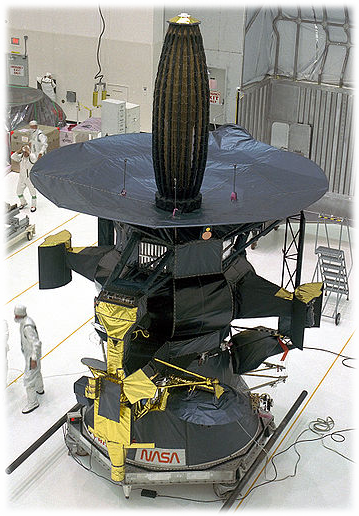The Physics of Nuclear Power
What is Nuclear Power? - Fusion Vs Fission - Uses of Nuclear Power - Pros and Cons - Resources Used
Uses of Nuclear Power
Commercial Nuclear Powerplants:
Currently 14% of the world's electrical energy comes from nuclear powerplants. France leds the world with almost 80% of its electricity coming from nuclear power. So how is nuclear energy turned into electrical energy? Whe n an atom decays, it releases energy. In a nuclear reactor this energy is transformed into thermal energy. This energy is removed by a coolant; this coolant is most often water (Although other exotic substances such as molten salt and molten sodium have been used). This coolant is then transported to a heat exchanger. At this heat exchanger, most of the thermal energy is transferred to the secondary coolant. (It is necessary to have this heat exchanger because the primary coolant is very radioactive, and dangerous to work around.) At this point the secondary coolant goes to a steam turbine, here the pressure is reduced and the liquid water turns to steam. This steam moves through the turbine and resulting in it turning. This turbine then in turn turns an electrical generator. After this coolant moves through the turbine, it is passed through a condenser at which point it becomes a liquid again and can start the cycle over again.
n an atom decays, it releases energy. In a nuclear reactor this energy is transformed into thermal energy. This energy is removed by a coolant; this coolant is most often water (Although other exotic substances such as molten salt and molten sodium have been used). This coolant is then transported to a heat exchanger. At this heat exchanger, most of the thermal energy is transferred to the secondary coolant. (It is necessary to have this heat exchanger because the primary coolant is very radioactive, and dangerous to work around.) At this point the secondary coolant goes to a steam turbine, here the pressure is reduced and the liquid water turns to steam. This steam moves through the turbine and resulting in it turning. This turbine then in turn turns an electrical generator. After this coolant moves through the turbine, it is passed through a condenser at which point it becomes a liquid again and can start the cycle over again.
 spacecraft move further from the sun, solar panels are no longer a feasible option. The alternative at this point is a nuclear reactor. Nuclear reactors have been used in several spaceprobes including the Cassini, Galileo (As seen to the left) and Voyager space probes. These reactors use an effect known as the Seebeck effect. This means that there are some materials that will have an electrical potential between them if they are at different temperatures. In these spaceprobes, these nuclear reactors provided the higher temperature and the void of space provided the cooler temperature.
spacecraft move further from the sun, solar panels are no longer a feasible option. The alternative at this point is a nuclear reactor. Nuclear reactors have been used in several spaceprobes including the Cassini, Galileo (As seen to the left) and Voyager space probes. These reactors use an effect known as the Seebeck effect. This means that there are some materials that will have an electrical potential between them if they are at different temperatures. In these spaceprobes, these nuclear reactors provided the higher temperature and the void of space provided the cooler temperature.